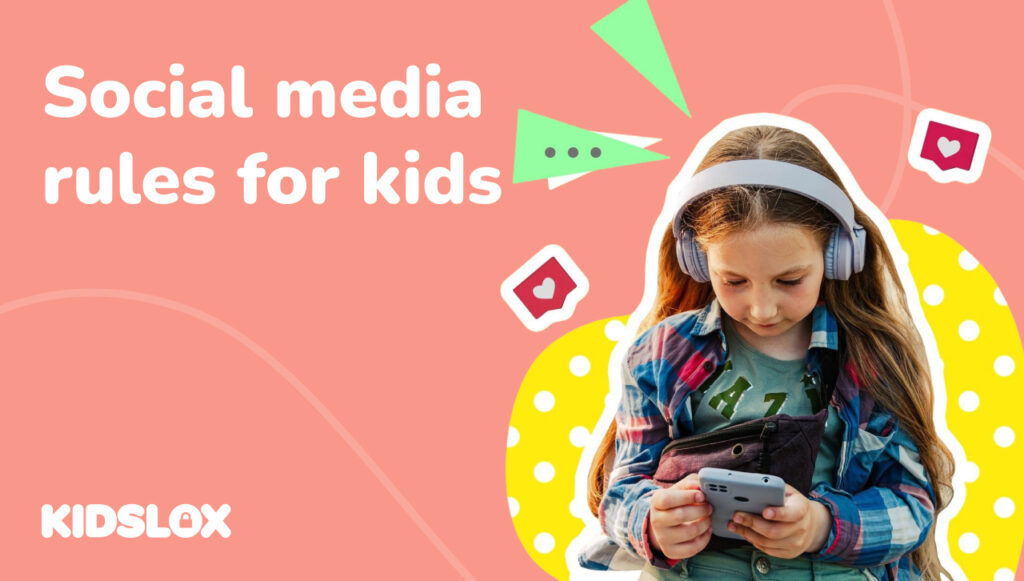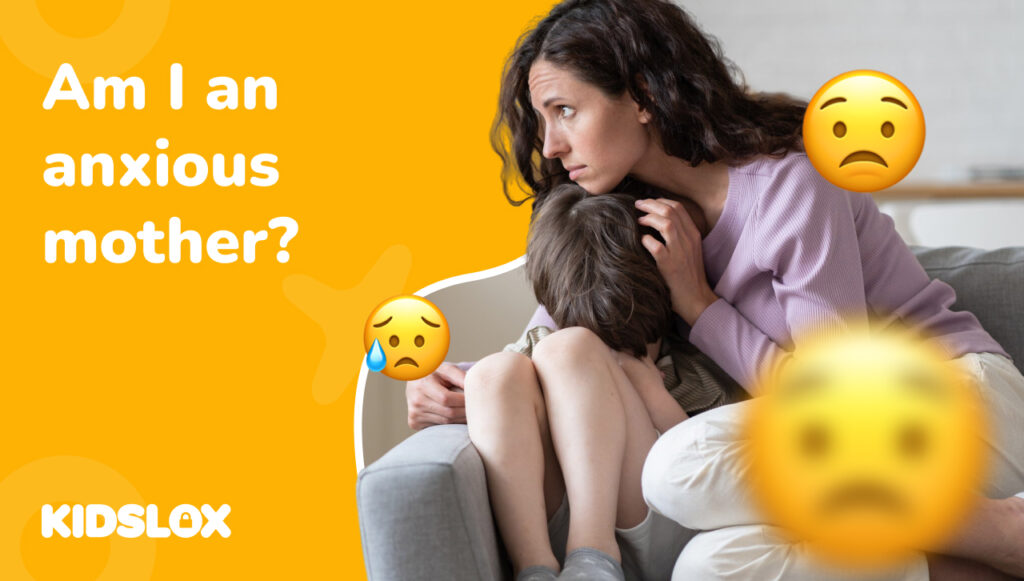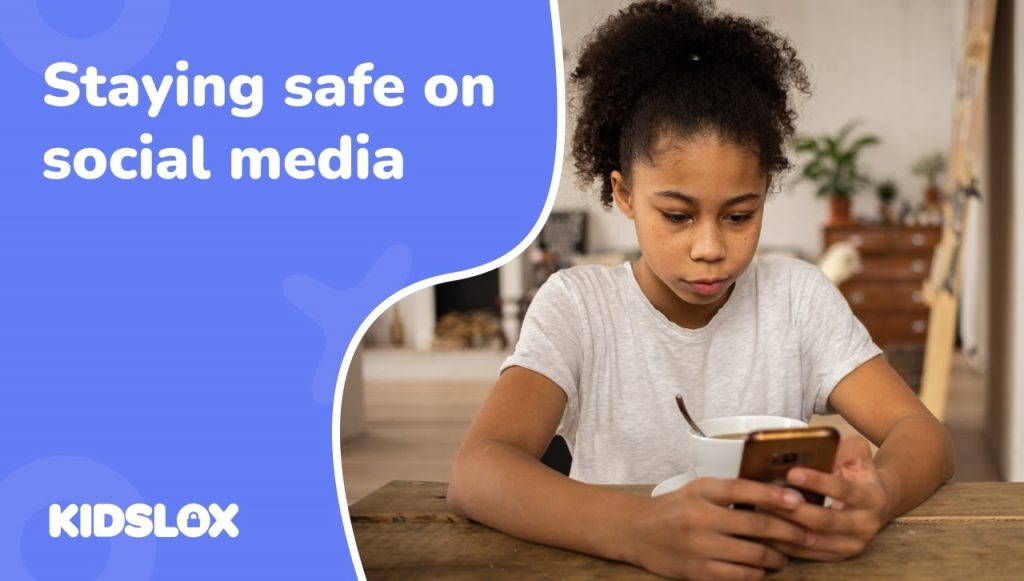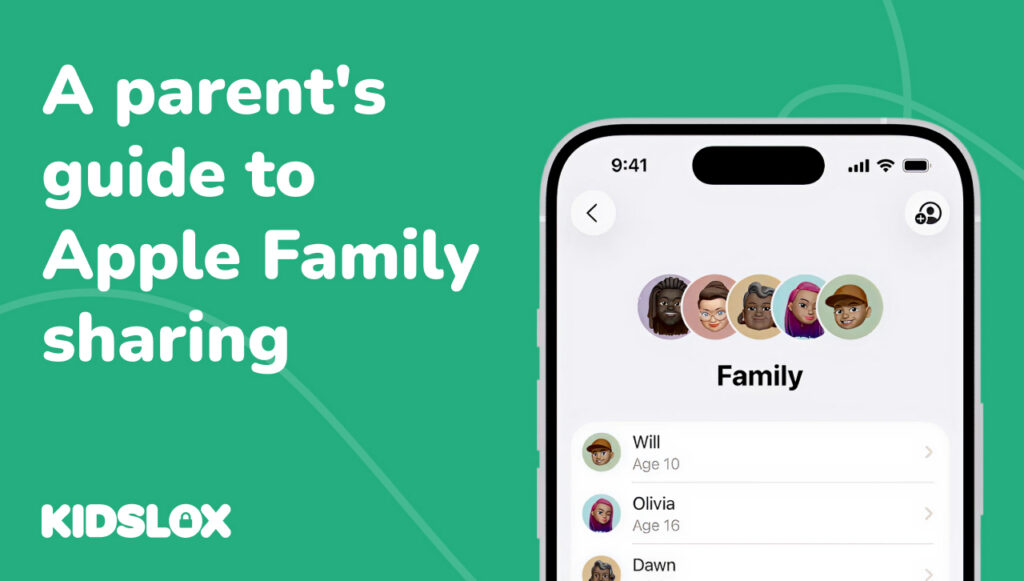Understanding Age Limits and How Kids Are Adapting to Get Around Them
Social media has become a major part of everyday life. From sharing photos to chatting with friends and discovering news, it plays a huge role in how people connect. But with its rise has come a big challenge—kids breaking social network rules by creating accounts before they’re old enough.
Understanding the history of social media, its growth, and the rules around it can help families make better choices about how children use these platforms.
The History and Evolution of Social Media
The roots of social networking go back further than many people realise. The first recognisable form of social media was invented and appeared in the late 1990s with sites like Six Degrees (launched in 1997). Users could create profiles, list friends, and message each other.
From there, social media grew rapidly – here’s a short, whistlestop tour:
- Early 2000s: MySpace and Friendster allowed music sharing and personal pages.
- 2004: Facebook launched, originally for college students.
- 2006–2010: Twitter, YouTube, and Instagram reshaped online communication.
- 2016 onwards: TikTok exploded in popularity with short‑form videos.
This evolution of social media changed the way people communicate, shop, learn, and even work. Today, platforms are more visual, interactive, and addictive than ever. Social media isn’t just growing—it’s on the rise every year, with billions of global users.
Why People Use Social Media
Social media’s popularity comes down to connection and entertainment. People use it to:
- Keep in touch with friends and family
- Share photos, videos, and updates
- Discover news and trends
- Join communities around shared interests
- Express creativity and opinions
As its availability and popularity has grown, social media platforms have been ubiquitous with daily life, leaving many feeling left out or excluded from plans, updates and news without them.
Children and teenagers are drawn to these same things as adults. However, they’re also more vulnerable to risks like online predators, cyberbullying, and inappropriate content. That’s why every platform has social network rules—including age limits.
What Are the Age Limits for Social Media?
Most major platforms set minimum ages in their terms of service, usually based on child privacy laws like COPPA in the U.S. Most platforms cite 13 as the minimum age of user.
Despite this, millions of children under these ages have accounts. Surveys show that kids as young as 8 or 9 sometimes use social media by lying about their age. This is where kids breaking social network rules becomes a growing concern.
In major news, Australia is set to roll out a world-first law banning children under 16 from having social media accounts—including YouTube, TikTok, Facebook, Instagram, Snapchat and others—starting December 10, 2025. Platforms will be required to deactivate existing under‑16 accounts and take “reasonable steps” to prevent new ones, or face fines of up to A$49.5 million. The law shifts responsibility to tech companies rather than families, aiming to protect young users from harmful content, cyberbullying, and excessive screen time.
While some platforms and privacy advocates raise concerns about enforcement and identification methods, the Australian government says this will give preteens and teens more time to build confidence and resilience before being exposed to social networks.
The Most Used Social Media Platforms Today
In 2025, the most used social media platforms among children and teens are TikTok, Instagram, Snapchat, YouTube, and WhatsApp. Each one offers features that appeal to young users—short videos, direct messaging, group chats, and memes.
Because these platforms are so popular, children feel pressure to join early so they can stay connected with friends. Peer pressure is one of the biggest reasons kids sign up before they reach the required age.
Social Media on the Rise – And So Are the Risks
Social media use is increasing every year. Even primary‑school‑aged children are more likely than ever to own a smartphone or tablet. As social media is on the rise, parents face new challenges:
- Privacy risks: Children may share personal information without realising the consequences.
- Exposure to harmful content: Graphic or inappropriate material is easy to find.
- Cyberbullying: Online harassment is more common among young users.
- Mental health impacts: Excessive use can lead to anxiety, poor self‑esteem, and reduced sleep.
These issues highlight why social network rules exist—and why parental involvement matters.
Should Social Media Have Age Restrictions?
Some argue that social media should not have age restrictions, saying it’s a parent’s job to decide when a child is ready. Others believe platforms should keep strict age rules to protect children from harm.
While rules exist, enforcement is weak. Platforms rely on users to enter their age honestly, so it’s easy for children to bypass restrictions. Stronger verification could help, but it also raises privacy concerns.
How Do Some Kids Get Around The Rules?
Even with age limits in place, many children still find ways to sign up for social media early. The most common tactic is lying about their age when creating an account. Some kids also hide apps in folders or use secret accounts—often called “finstas”—to avoid parental supervision. That’s why open conversations and using parental controls are so important, helping you spot potential risks and set healthy boundaries before problems arise.
Helping Kids Follow Social Network Rules
- Talk Openly About Age Limits
Explain why these rules exist—not just because “the app says so,” but to protect young users from content they’re not ready for. Knowing the risks can help kids understand why the minimum age for WhatsApp, Instagram, TikTok, and Facebook is important.
- Use Parental Controls
Many platforms now offer social media parental controls. Additional tools like Kidslox can:
- Limit who can contact your child
- Restrict content visibility
- Set time limits
- Provide activity reports
- Monitor screen time
- Block specific apps until a child reaches the right age
- Give you a real-time window into their phone
- Encourage Safer Alternatives
Messaging apps designed for children, family sharing tools, or supervised accounts can let kids connect safely without breaking the rules.
- Lead by Example
Children copy their parents. By modelling healthy social media habits—taking breaks, avoiding oversharing, and being mindful—you show them how to use these platforms responsibly.
Balancing Freedom and Safety
Some parents wonder if social media should not have age restrictions at all. They believe freedom to explore online is part of growing up. Others feel that the risks—exposure to strangers, harmful content, or bullying—make strict rules essential.
The truth may lie somewhere in between. Parents can gradually introduce platforms when children show emotional readiness, rather than handing over unrestricted access at a set age. Controlled exposure, paired with guidance, can help children develop healthy digital habits.
The Future of Social Media and Kids
Social media will keep evolving. New platforms will appear, offering new ways to connect and create. For parents, this means staying informed about the most used social media apps, knowing how old they are for Snapchat, how old they are to use Instagram, and other rules as they change.
Teaching children about privacy, kindness, and online responsibility is just as important as following the rules. With the right support, kids can learn to enjoy social media in a positive, age‑appropriate way.
As social media is on the rise, the goal isn’t just to stop children from using it—but to guide them to use it wisely, safely, and responsibly when the time is right.





